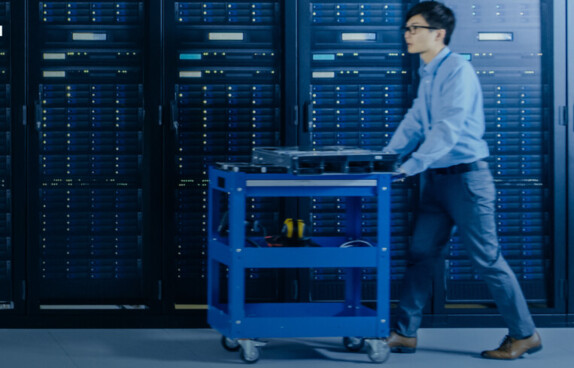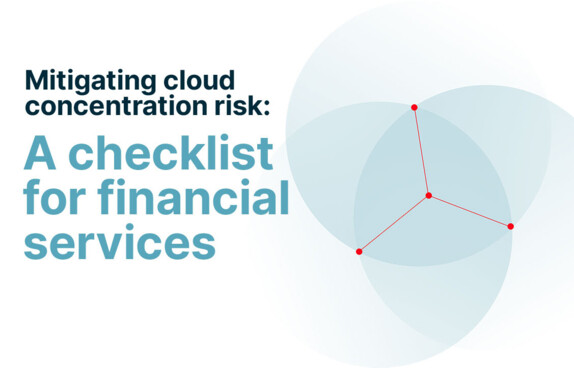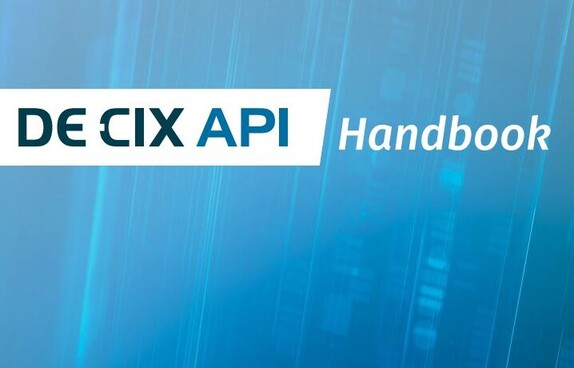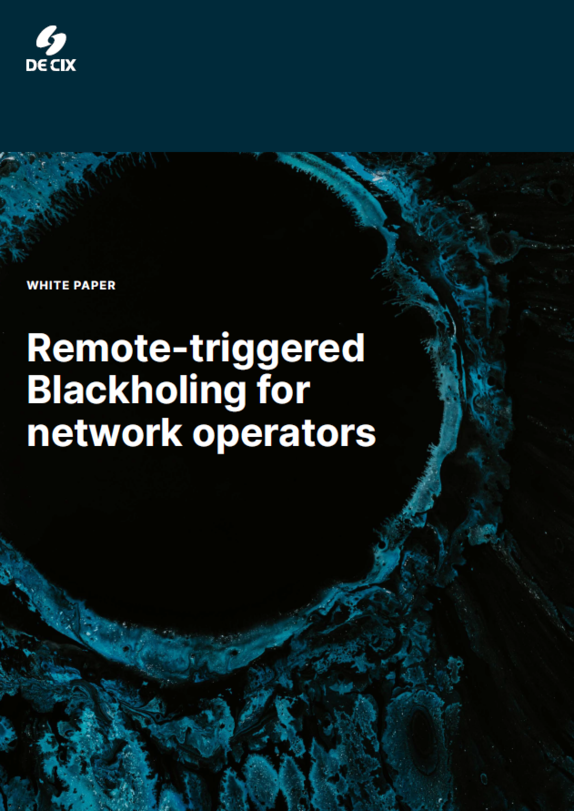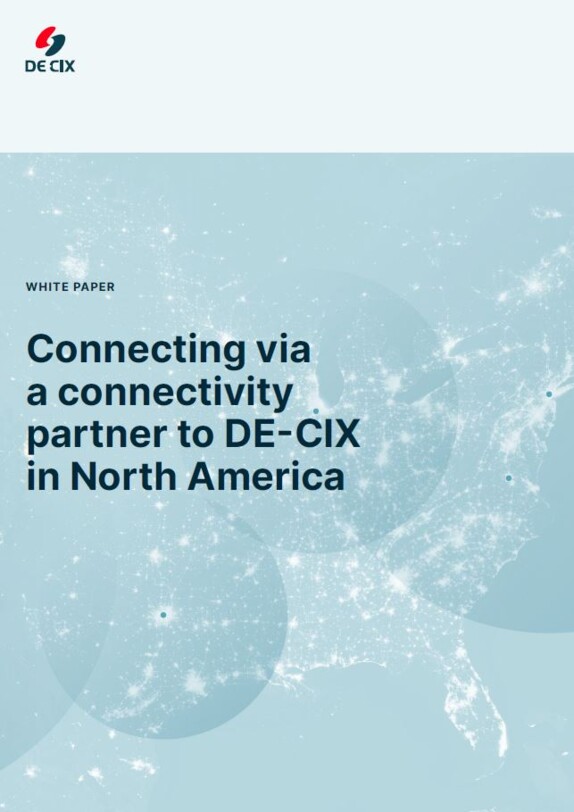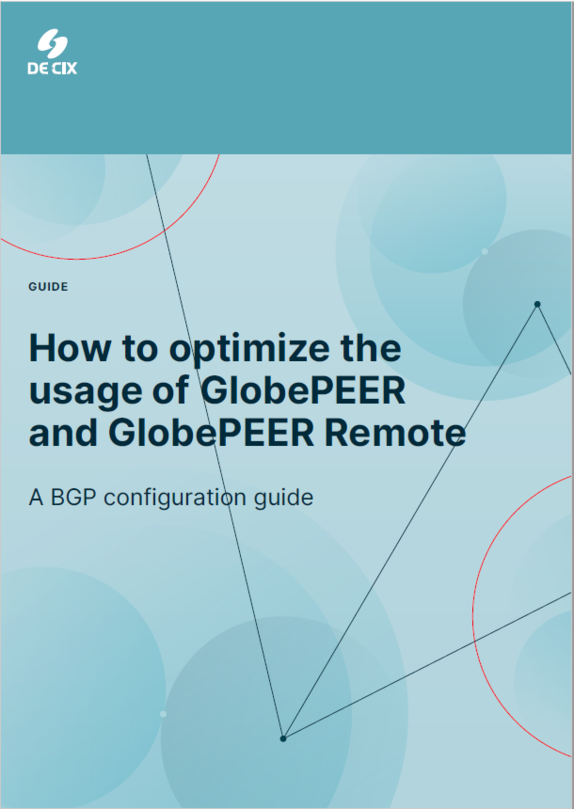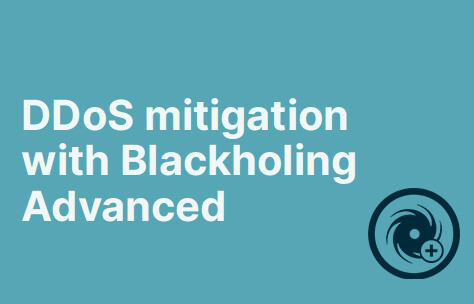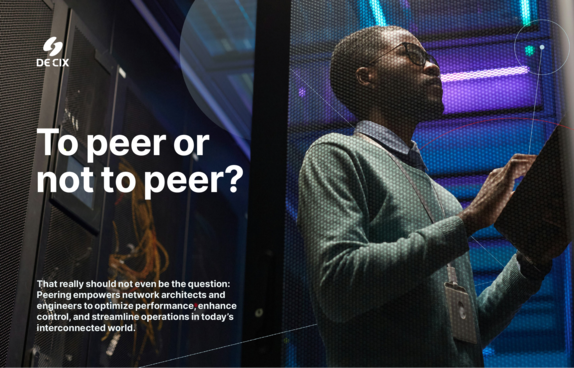If global enterprises currently agree on one thing, it’s that innovating with artificial intelligence (AI) is critical to long-term success. From product design and production through to customer use, AI supports innovation, efficiency, time to market, customer support, and personalization.
“Despite potential challenges and risks, organizations are confident that adopting AI will continue to be crucial for future proofing their business operations and remaining ahead of the competition.”
Raghunandhan Kuppuswamy
research manager, Artificial Intelligence and Automation Research at IDC
